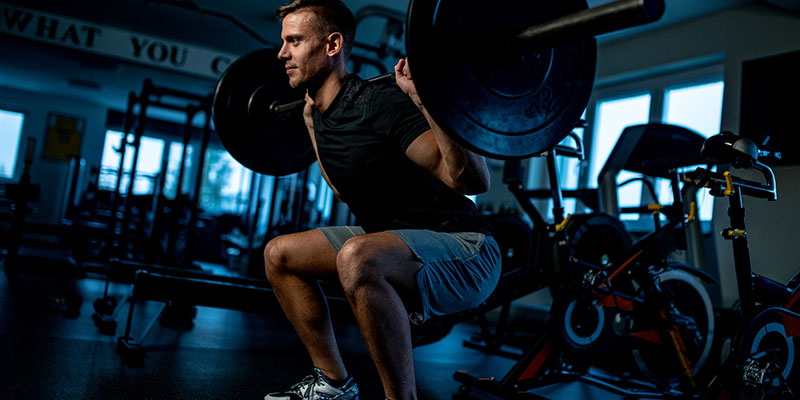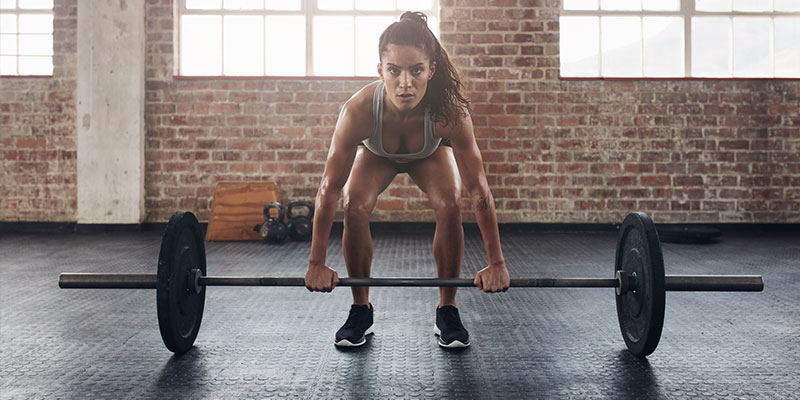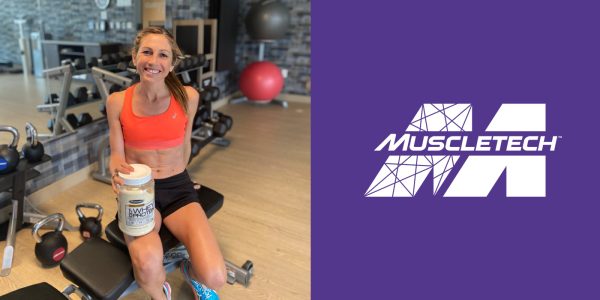In order to grow, get stronger and improve your performance, there’s no avoiding the big compound movements and heavy weights. So, we’re kicking off this 10-week program with the big three — squats, deadlifts and bench presses. Plus, we’ve got more heavy compound movements to hit all major muscle groups twice a week.
PROGRESSIVE OVERLOAD
When training for strength, it’s good to adhere to the principles of progressive overload — adding small increments of weight to each of your lifts or doing more reps with the same load you previously achieved. It may be adding only 5 to 10 lbs. to the bar for each workout or achieving just one more rep than you did last time. The key is logging your lifts and approaching each workout with the same goal — to break your strength record from your previous workout while maintaining good form.

GUIDE TO STRENGTH
Muscular strength refers to your ability to produce maximal force in a given movement plane for a single repetition. Powerlifters practice heavy, so they can lift heavy in competition. Their workouts consist primarily of multi-joint exercises like bench presses, squats and deadlifts. These exercises allow them to lift heavier loads and stimulate their natural anabolic hormone release.
When training for strength, your focus is on the main lifts (bench press, squat, deadlift), as well as assistance exercises that help you improve them. Because the intensity is high, total volume is low compared to bodybuilding-style training. Rest periods between sets for the main lifts are fairly long (3 to 5 minutes) to allow for greater recovery — not just of the muscle fibers themselves, but of the central nervous system.
Secondary exercises in your workouts are geared toward building strength on your primary lift. On bench press day, for example, choose complementary exercises that help strengthen your bench press or techniques that focus on sticking points, such as dumbbell bench presses, incline presses or paused bench presses in a power rack — not to mention heavy, multi-joint triceps movements.

TIPS FOR SUCCESS
- Do a 5 to 10-minute warm-up to elevate your heart rate and focus your mind. Progressively increase your warm-up intensity without overexerting.
- Ask for a spotter on your very heavy sets, but avoid doing forced reps on the bench press, squat and deadlift, as they really amplify fatigue. With other exercises, you can do a few forced reps on your heaviest sets.
- From one week to the next, strive to complete an additional rep or two, or add weight (5% to upper body exercises, 10% to lower body). The final set of your primary lift is called a back-off set, which research indicates will boost strength and size gains.
10-WEEK PERFORMANCE TRAINING SYSTEM
Want more information just like this? We’ve got you covered. Learn the advanced training techniques used by the pros. With proven methods that optimize speed, agility, conditioning, strength, power, and explosiveness, this exclusive 10-week periodized program will have you fitter, faster, stronger and ready to not just play the game — but to change it. Crank up your strength, power, speed, and size to take your performance to the next level.








